Date: 17 December 2008
At the start of a New Year, Jane Embury from Wrightstyle takes a look back at the origins of the window.The Vikings were good at a lot of things, navigating their longboats across much of the western seas and, quite possibly, discovering America 500 years before Columbus.However, our mental picture of that distant Hagar the Horrible is of a fearsome warrior with a horned helmet - and with little more than rape and pillage on his mind. (The horns are a myth, by the way).The truth is a little different. Vikings were also traders and farmers and many stayed in Britain – leaving their genetic codes imprinted in communities across the UK, particularly in areas closest to Scandinavia, such as the Shetland and Orkney islands.(In Yorkshire alone, there are over three hundred place names that denote a Viking heritage: anything with a –by suffix (e.g.Selby or Whitby, which were primary settlements), to a –thorpe suffix (e.g. Scunthorpe, usually secondary settlements).
Despite the myths, the Vikings weren’t all bad. King Canute, who set his throne by the sea shore and commanded the tide to halt, was a Viking king who also became a king of England. He’s still regarded as having been a rather good and God-fearing monarch.
All of which is by way of introduction to the fact that, in terms of the glass industry and the English language, we have a particular reason to be grateful to the Vikings because, like Microsoft several centuries later, they were the first to give us windows.
More specifically, the word window originates from the Old Norse ‘vindauga’, made up from vindr, meaning wind, and auga, meaning eye. In some Scandinavian languages, especially Icelandic, the term still survives.
Not that there were many windows back then, as we would understand them. Glass was ruinously expensive and, from the introduction of Christianity in the 7th century, what little of it there was tended to be used for ecclesial purposes.
In Britain, the word window was first used in the early 13th century, and originally referred to an unglazed hole in a roof. Window replaced the Old English eagbyrl, which literally meant ‘eye-hole,’ or eagduru which translated as ‘eye-door.’
Other countries decided on a different route – the Germans adopting the Latin fenestra to describe a window with glass, the French fenêtre – and the Swedes, themselves a Viking country, strangely dumping their own window in favour of fönster.
That said, in England the word fenester was still used alongside window until the mid-1700s and, of course, fenestration is still a term that today’s glass industry understands and uses.
A quick timeline for glass suggests that its earliest use dates back to the Stone Age, to cutting tools made from obsidian – the glass that can form, for example, in the high temperatures of a volcano or lightning strike.
However, despite huge advances across what is now the Middle East – and particularly Egypt – it was the Romans who first properly used glass for architectural purposes - and pretty soon windows with glass had appeared in Rome’s most important buildings.
After that not a lot happened until the 11th century, when German glass craftsmen discovered a technique - then further developed by the Venetians in the 13th century - for the production of glass sheets. For a long time thereafter it was the Venetians who dominated the glass business.
It wasn’t until the latter stages of the Industrial Revolution that mass production of flat glass became possible and, not until after the Second World War, that float glass came into being – the optically brilliant glass that virtually all modern windows are now made from.
However, the history of glass hasn’t stopped, particularly in the development of specialist glasses – for example, to defend against fire or ballistic and blast threat, developing new glass types made from multiple sheets of glass with thermoplastic interlayers.
Wrightstyle has been at the forefront in developing glass and glazing systems to counter specific threats – traditionally, of course, designed to prevent the spread of fire and create safe escape routes for the occupants of buildings. More recently, we have also developed systems to counter the scourge of terrorism – with our latest system now tested against lorry bomb attack.
What has made us different over the years is that we can supply both the glass and its framing system, tested together to provide a complete and guaranteed solution – a huge advantage both in procurement and in satisfying stringent fire or safety regulations, particularly since our systems have been tested to meet European, Far Eastern and American standards.
In other directions, research continues apace – from the application of nanotechnology to glass surfaces to the development of amorphous glass (glass that behaves almost like a liquid). We are pushing the boundaries of strength, solar control and optical quality to create glass types that are so advanced to be constantly challenging the imagination of architects for complex facades or large-spans of glass – all securely framed in aesthetically beautiful steel.
It was the renowned Swiss architect Le Corbusier who suggested that the history of architecture was the history of the window and, given the advances that the glass industry continues to make, it’s still an apt definition.
Better that than architecture being the history of the eye-hole - something for which we must be grateful to the pillaging Vikings.
For further technical information, please contact
Lee Coates
+44 (0) 1380 722 239
lee.coates@wrightstyle.co.uk
For further media information on Wrightstyle Ltd, please contact
Charlie Laidlaw, David Gray PR
+44 (0) 1620 844736 or (mobile) +44 (0) 7890 396518
charlie@davidgraypr.com

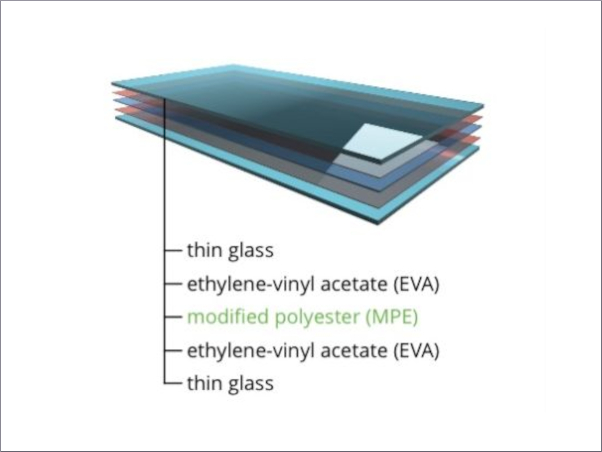
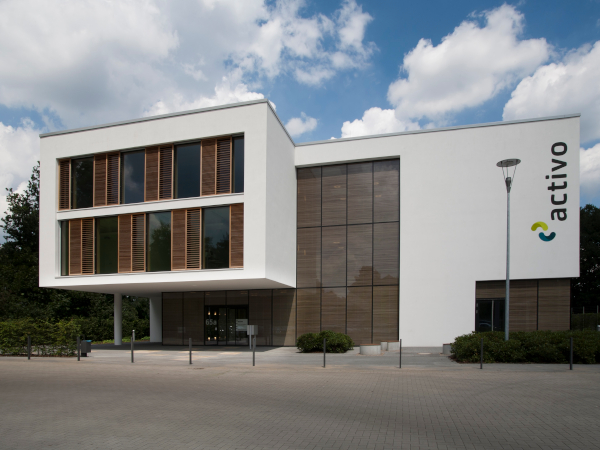
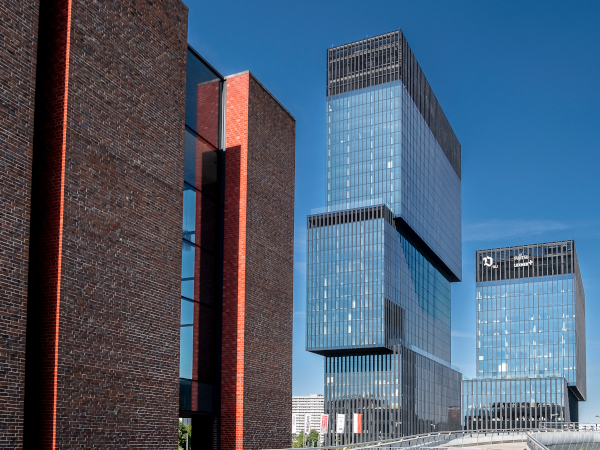

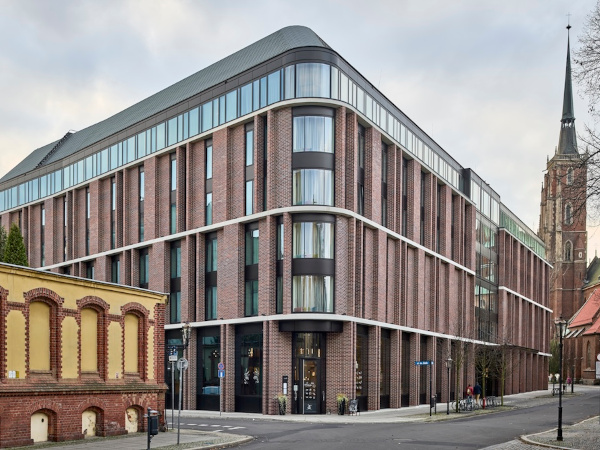



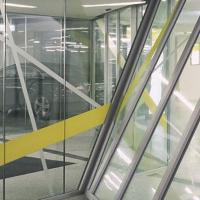
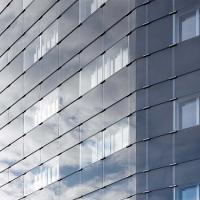



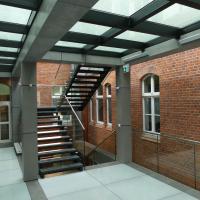
Add new comment